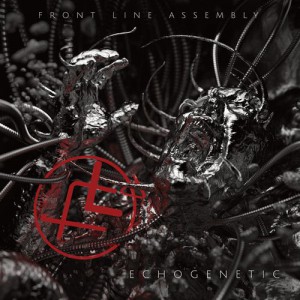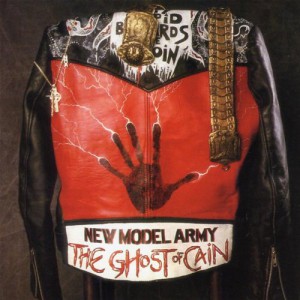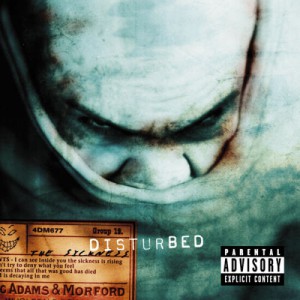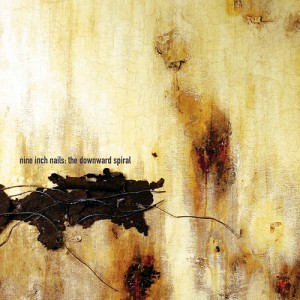Front Line Assembly Echogenetic Review
General Information:
Artist: Front Line Assembly
Album: Echogenetic
Genre(s): Electronic, Electro-Industrial
Subgenres(s): Dubstep
Released: 2013
Length: 58 minutes
Language(s): English
Label(s): Dependent Records, Metropolis Records
Track List:
01. Resonance
02. Levelled
03. Killing Grounds
04. Blood
05. Deadened
06. Ghosts
07. Echogenetic
08. Exhale
09. Exo
10. Prototype
11. Heartquake
Front Line Assembly Echogenetic Review
With Echogenetic, Front Line Assembly has fully embraced their dubstep influences that first came about on the Airmech soundtrack from the previous year and they’ve made it central to their sound this time around. It’s a natural progression to what they were already experimenting with so this development shouldn’t come across as that much of a shock to most fans.
The electric guitars featured in many of their other albums are absent entirely and while Front Line Assembly have retained their grotty industrial aesthetic that conjures up scenes from a decaying dystopian city, the direction that the music has taken is accessible without having to latch onto the “brostep” style of artists like Skrillex or Excision so hardcore fans can rest assured that the band are still very much themselves.
A new dynamic within the group has clearly influenced their direction. Along with Bill Leeb and long-time collaborators Jeremy Inkel and Jared Slingerland, they reunited with Craig Johnsen and Sasha Keevill who both contributed to the Airmech soundtrack. For Echogenetic they worked in 2 separate groups consisting of Jeremy Inkel and Sasha Keevill in the first and then Jared Slingerland and Craig Johnsen in the second with Bill Leeb jumping between them. Every few weeks all 5 contributors got together to go over the material to critique it and add new elements to the songs.
Killing Grounds exemplifies what Front Line Assembly is capable of doing within dubstep as this song in particular has plenty of momentum and memorable moments. Some other songs lack the immediate appeal that you easily recognise here so they take a bit more time to grow on you. On the other end of the spectrum is Prototype, an instrumental that could have been accurately retitled Archetype. It’s packed full of interesting twists and turns while avoiding any and all accusations of being comfortable background noise because it is something that commands your attention.
Echogenetic is a focused effort that should have been shook up with more varied tempos or even by bringing back the guitars for a few songs to avoid this pleasant plateau that the band seems to have found themselves on although this unlikely fusion of genres also makes for an interesting album beyond any novelty you could associate with it.
Performers:
Bill Leeb: Vocals, Electronic instruments
Jeremy Inkel: Electronic instruments
Jared Slingerland: Electronic instruments
Craig Johnsen: Electronic instruments
Sasha Keevill: Electronic instruments
External Links:
Front Line Assembly Homepage
Front Line Assembly on Wikipedia
Echogenetic on Wikipedia



